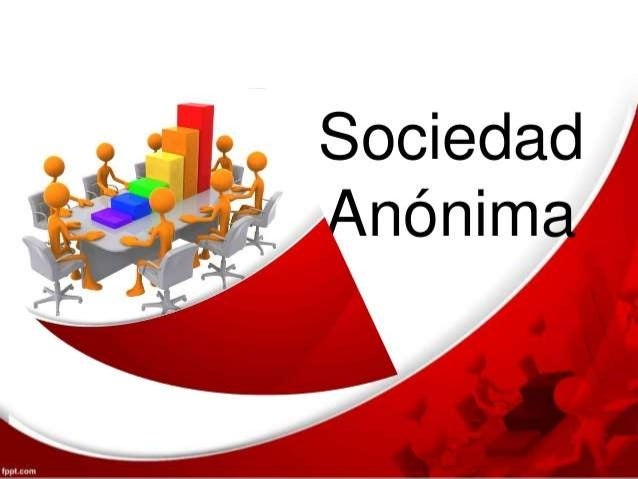Social Capital (SC) is a principle that comes from economics. It may be explained as a combination of the amount of associations some you’ve got, the economic performance for them of the associations and the grade of them: effectively, how well known some one is, in what circles, and in what degree of affection. It’s the social capital in a organisation that means that people worry about the consequence our function will have on the next area of the creation chain, rather than slinging ineffective perform within the practical range expressing,’done my bit, their issue now ‘.
It is the SC of an organisation that impacts the get back acquired on the worthiness of the economic and rational assets. It is what makes the entire greater compared to the amount of the parts. It’s social capital that produces organisational great resident behaviour, high level determination and that’good feeling’about work. Social capital could be the antidote to the ubiquitous silo mindset that permeates many bigger organisations, the tribal mentality that can behave from the highest realisation of the possible price of the organisational assets.
An organisation may purposefully spend money on that important supply of capital like any other. And much like any other expense, it is probable to spot the aspects of investment likely to produce the maximum get back, and therefore cautiously goal expense activity. For example it is probably not going to boost an organisations’ social capital when it invests in aiding the canteen team to access know the board, as usefully because it might to purchase building social capital within the table (which isn’t to say that the first alternative doesn’t possess some price, and in a few circumstances could have the more value).
Often leaders may intuitively see the worth of SC, however, an failure to assess that capital , and the return on their investment, prevents them from taking the risk of purchasing it. Curiously intellectual capital , a similarly non-physical form of capital , does display economic returns which can be straight attributed to it on the balance page e.g. certification revenue and royalties. These returns may be used by leaders to justify the initial investment they manufactured in developing intellectual capital. At provide no such system exists for acquiring and calculating the return on social capital investment.
It is attractive to end from this that SC cannot exist in the economic feeling in the manner that models, structures and patents do; that it’s maybe not value leaders making the extra effort to use and identify their impact on the balance sheet. Recent developments in economics suggests such considering could be challenged. Sociedades mercantiles not just exists as an issue in economics, but exists to such a real and definable extent it is today utilized by banks as collateral for loans, specially micro-loans.
Billions of dollars have been lent to (and repaid by) hundreds of millions of people in areas of the planet where social capital is the only real kind of capital accessible, and not just in the third world: if you are reading this in London, Manchester, Birmingham or Glasgow, to name but a couple of areas, this is probably occurring inside a several miles of you.
Social capital is the foundation of micro-finance, the exercise of lending very small levels of money to ab muscles poor. It has already revolutionised growth plan throughout the world. The problem, discovered by Muhammad Yunus in Bangladesh in the 1970s, was that the indegent couldn’t acquire money from professional resources not since they could not pay it back but that they’d number incentive to accomplish so. This is because they had no collateral that could be repossessed if they defaulted. As a consequence no private lenders were prepared to give them money. Yunus’s experience with the Grameen Bank, and that of other micro-finance institutions, is that the poor, properly incentivised, have the greatest repayment charges in the world when lent little amounts, almost 97%.
Yunus incentivised people by making possible potential loans to the others in the town conditional on the repayment of the loan by each borrower. Put simply, he guaranteed the loan against each villager’s social capital. If she defaulted, none of her buddies or neighbours would get loans and she (the substantial most of micro-finance customers are women) could be character low grata in the village. That shows that for a specific personal her inventory of social capital must be value more to her compared to the price of the loan or she would maybe not repay it. A Bangladeshi villager making your choice to repay a $20 loan is creating a superior calculation about the worthiness of an intangible asset: her social capital. That clear behavioural signal of choice implies that the financial value could be put on an individual’s social capital.
The micro-finance experience suggests that SC can be measured. The problem is just how can organisational leaders discover a way of creating such calculations for the inventory of social capital in their organisations?
There’s not a yet a clear solution on this. We could begin to identify the SC in organisations by highlighting it in our ways of speaking about our organisation. For instance referring the person in team who takes time to make contact with colleagues to see their needs and objectives, or who takes the time for you to allow others know something has changed so they do not waste their time, as important, doesn’t support people understand the value she adds. On the other give saying she, and her actions, are important, starts to lead people to ask the proper issues about’How useful?’ , and’How do we calculate that?’ and’Just how much price does that behaviour put?’
